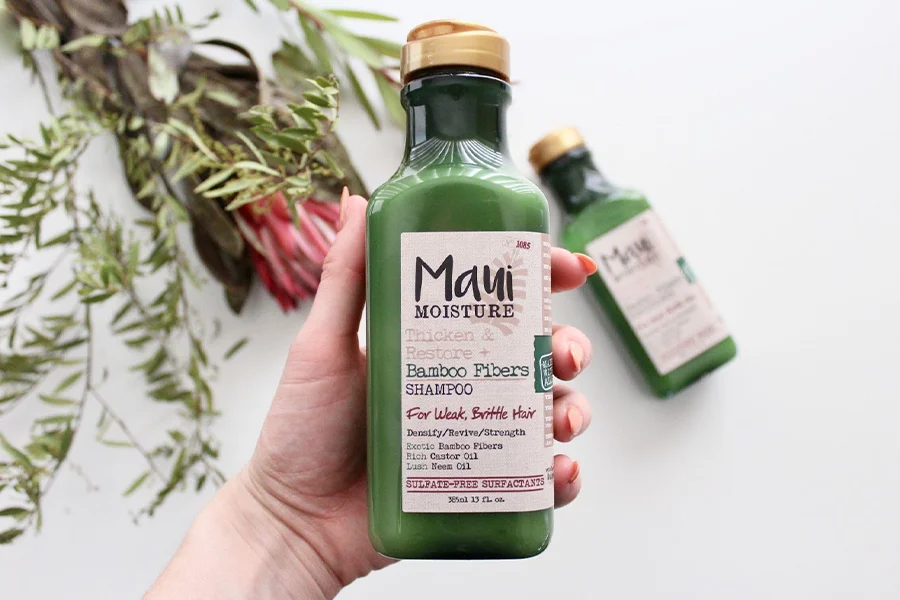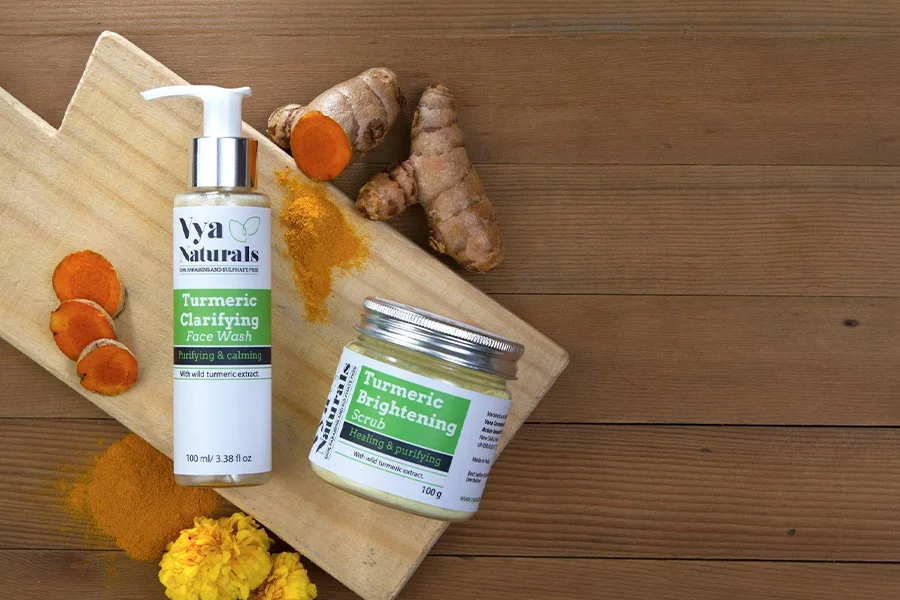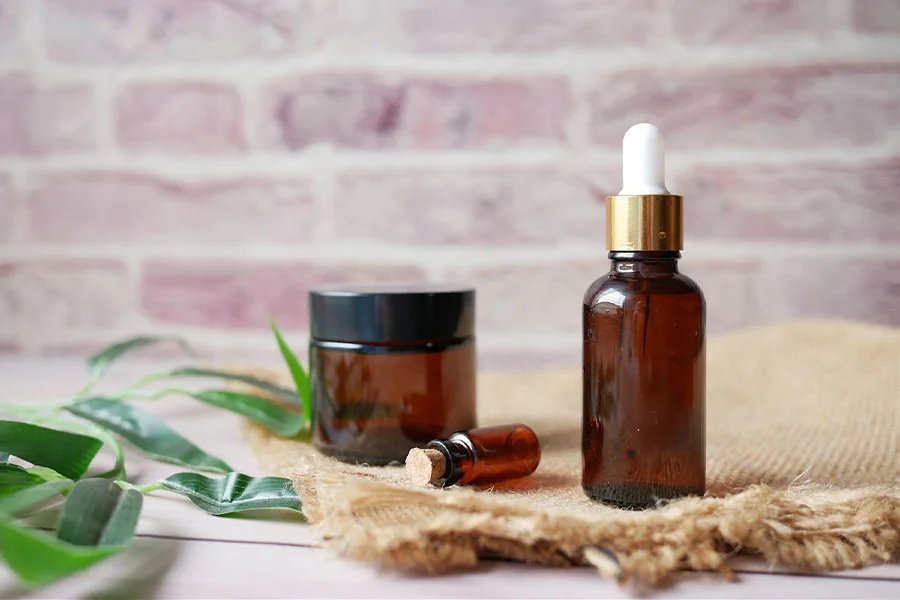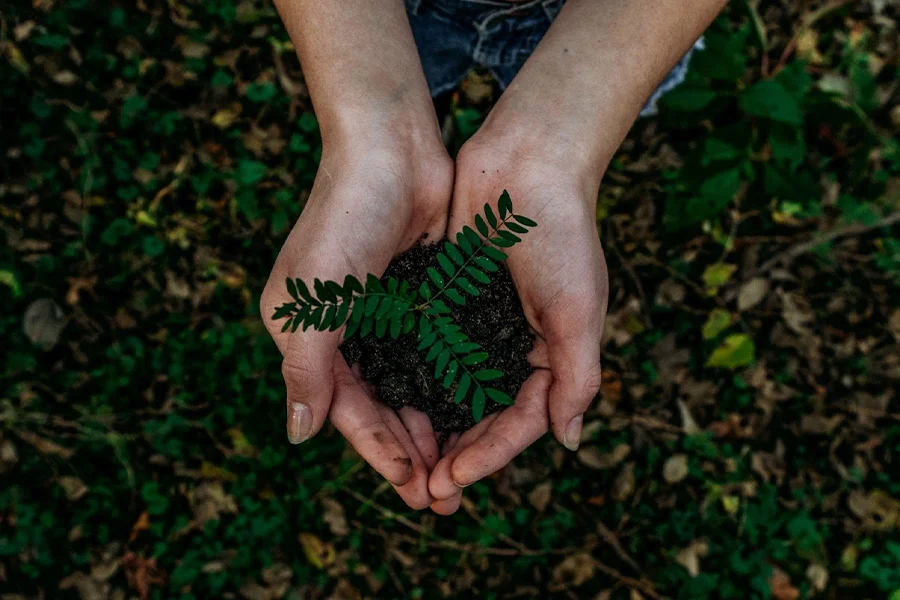The face of beauty is changing. It’s no longer just about whether products make people look good; consumers are now considering whether products are actually “good,” that is, good for the environment, good for the communities they are extracted from, and of course, good for users in being toxin-free.
In this article, we’ll explore how the global beauty market has shifted toward natural and sustainable beauty. We’ll analyze the shift in buyer preferences toward ingredients that are natural or organic, eco-friendly, and cruelty-free, emphasizing which trends and products consumers are most looking out for when searching for beauty products.
Table of Contents
What is sustainable beauty?
Global natural and organic beauty market
Top sustainable beauty trends brands should incorporate
Sustainable beauty is the new beauty standard
What is sustainable beauty?
We have entered an age in which people around the world are becoming increasingly concerned about the welfare of our planet. Consumers are now considering sustainability, natural origin, product safety, and transparency as key determiners of whether or not they consume certain beauty products.
Beauty brands the world over have begun developing new formulas that use advanced science to ensure that the natural extracts of beauty product ingredients extend their effects without negatively affecting humans and the environment. This is being called “green cosmetics” or “green chemistry.”
Sustainable beauty also extends to the processes associated with getting products from the factories to the consumers, including manufacturing, packaging, transportation, and shipping. Businesses are increasingly seeking out methods that enable them to reduce the carbon footprint of their operations by developing products that use recycled components, reduce waste, and encourage reuse.
Global natural and organic beauty market
Demand for natural and organic beauty products has been rising rapidly across the globe. The British Beauty Association reports that the global natural beauty products market is projected to reach £17 billion in 2024. It is projected that the market in Asia is particularly meant to grow the fastest, with the Ecovia Intelligence Report pointing out that natural beauty sales in Asia increased by 21% in 2017 (the figure for Europe and North America was close to 10%).
A study conducted by Mintel found that half of U.K. consumers who had purchased beauty products in the year of the study had sought out products that were made with natural ingredients.
In the U.S., a third of consumers who used facial skincare products purchased products that had natural ingredients, and this figure jumped to almost half of consumers when focused on younger consumers aged between 18 and 34. For China, the study showed that 45% of female consumers who used facial skincare products planned to use products derived from natural ingredients or botanical extracts that improved their skin.
Top sustainable beauty trends brands should incorporate
1. Natural and organic ingredients

Consumers are increasingly gravitating toward products that include natural oils (e.g. palm, coconut, argan, avocado oils), agricultural plants (e.g. soybeans, corn, ginseng, goji berries, shiitake mushrooms), and bacteria (e.g. deinococcus bacteria used to create aromatic ingredients and pigments).
When the chemicals from everyday cosmetics are washed off the skin by users, they do not break down. Instead, they enter the water supplies and the ocean, meaning they can potentially negatively affect both marine and human life.
The benefit is that natural and organic ingredients are biodegradable, preventing harm to the food chain, environment, oceans, and waterways. In the end, the ingredients are both kind to the user’s skin and the earth. Some great products that use natural ingredients include candles with non-GMO soy wax, biodegradable lipsticks, soap scrubs, and body balms.
2. Upcycled ingredients

Another key sustainable beauty trend is eco-friendly upcycled beauty products that use ingredients that would have been discarded as waste. This practice is part of the zero-waste and circular economy movements that seek to use everything as effectively as possible and limit waste to benefit both our planet and our bottom lines.
Examples of upcycled beauty include the use of coffee grounds, chai spices, and fruit seeds in the formulations of beauty products. The result is products such as coffee oils made from repurposed coffee grounds or products that use recycled water.
3. Waterless or solid-liquid products

Waterless beauty is one of 2022’s top sustainable beauty trends that use concentrated natural ingredients to create products that do not require water for use. The results are innovative beauty products that significantly reduce water wastage and help keep the environment plastic-free.
Traditional beauty products are made up of a large amount of water because it is cheap and helps to add bulk to the product, but this results in products that have a large carbon footprint due to the added materials and resources required for packaging and transportation.
That is why products that use more active ingredients and reduce water usage, such as waterless shampoos, waterless toothpaste, facial cleansing bars, solid-liquid perfumes, moisturizers, and facial serums are growing in popularity. Users merely need to pour the powders, add water, and this will activate the products.
4. Vegan and cruelty-free beauty

Part of sustainable beauty is the development and consumption of products that do not cause harm to both humans and the natural environment. The natural environment incorporates both fauna and flora, and animal life.
Consequently, several brands have altered their product development approaches to ensure that products are safely and effectively assessed without having to be tested on animals. Top personal care brands such as Unilever have adopted alternative approaches such as computer modeling and cell culture-based experiments.
Some consumers are also choosing to buy vegan beauty products because they reduce animal impact by not using animal byproducts in their formulations. Consumers can now purchase products that use vegan pigments, natural vitamins, and plant extracts instead of animal derivatives.
5. Reusable packaging

It is not enough for the product alone to be sustainable; sustainable beauty entails that ecological packaging is used for beauty products. This means that there is an effective use of materials when packaging and that the materials used cause minimal harm to the environment.
As seen in this article on packaging trends for skin care products, businesses are now incorporating environmentally conscious packaging for their products, including plastic-free packaging.
In line with circular economy practices, these brands are encouraging consumers to prevent wastage by offering refillable packaging options, such as cosmetics in durable glass containers and aluminum tubes.
6. Sustainably sourced, produced, and transported products

It has become essential for brands to incorporate sustainability in all stages of their production and supply processes to minimize waste and carbon emissions. This translates to opting for sustainably sourced native plants and locally sourced ingredients; using renewable energy production, manufacture, and transportation; and aiming for carbon-neutral shipping.
Brands can adopt sourcing that does deplete the earth but encourage the renewal of material sources. To reduce the carbon footprint of getting products to consumers, brands can also use green logistics strategies by using eco-friendly packaging, going plastic-free, increasing warehousing efficiency, and optimizing transportation and delivery of products.
7. Multipurpose beauty products

Avoiding single-use products and materials is a key aspect of the zero-waste movement within clean beauty. Brands are beginning to encourage this by developing multi-use natural products that can be used for multiple purposes.
Examples of this are all-in-one products such as all-over moisture sticks, oil and serum crossovers, multipurpose body creams, and multipurpose body and facial scrubs that ensure that consumers reduce waste by not having to buy multiple, independent products for different purposes.
Sustainable beauty is the new beauty standard
The beauty industry is evolving in the direction of clean and sustainable beauty. To be competitive in the near future, brands must incorporate sustainable beauty trends that align with the shifting preferences and buying patterns of their consumers.
This would mean adopting eco-friendly ingredients, packaging, sourcing, and production methods that limit harm to human life, animal life, and the environment. In summary, the top sustainable beauty trends beauty brands should be looking to incorporate are:
- Natural and organic ingredients
- Upcycled ingredients
- Waterless and solid-liquid products
- Vegan and cruelty-free beauty
- Reusable packaging
- Sustainably produced and sourced products
- Multipurpose beauty products





How the face soap and scrub go?